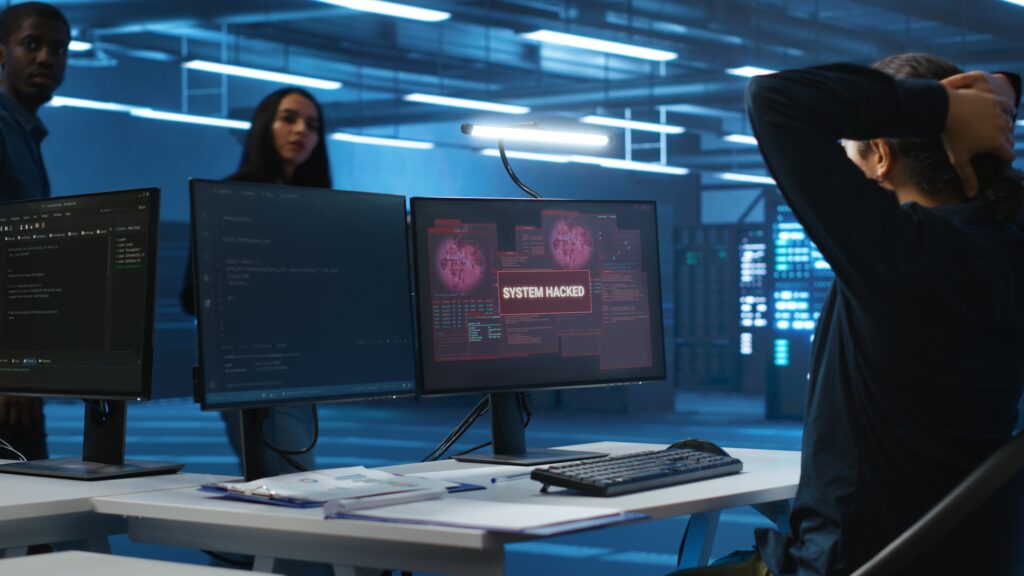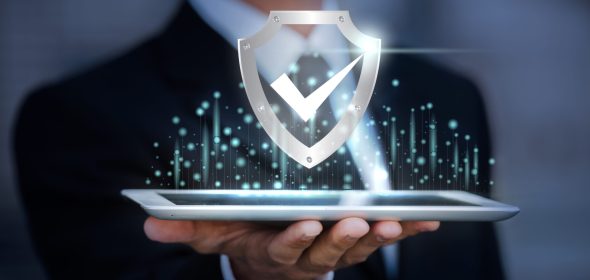What would you do if you have fallen Victim to Hackers?

Are You a Victim of Being Hacked?
Navigating the ever-changing internet landscape can be overwhelming. Unfortunately, getting hacked is a risk we all face. Detecting any suspicious activity early on is key to minimizing the impact. Here are some signs to look out for and steps to take if you suspect you’ve been hacked.
How To Identify If Your Online Accounts May Have Been Hacked
Family or friends notify you they are receiving unusual messages or invites from you that you you did not send.
Your password to one of your accounts no longer works even though you know the password is correct.
You receive notifications from websites that someone has logged into your account when you know you did not log in yourself.
You receive emails confirming changes to your online profile that you did not make.
How To Identify If Your Computer or Mobile Device Has Been Hacked
Your antivirus program generates an alert that your system is infected. Make sure it is your anti-virus software generating the alert, and not a random pop-up window from a website trying to fool you into calling a number or installing something else. If you’re unsure, open your antivirus program to confirm if your computer is truly infected.
While browsing the web, you are often redirected to pages you did not want to visit, or new pages appear unwanted.
You get a pop-up window saying your computer has been encrypted and you must pay a ransom to get your files back.
How To Identify If Your Credit Card or Finances Have Been Hacked
There are suspicious or unknown charges to your credit card or unauthorized transfers in your bank account that you know you did not make.
How To Take Back Control
If you think you’ve been hacked, don’t panic. Whether it’s work-related or personal, it’s important to act fast. For work-related hacks, report the issue immediately. If it’s a personal account, here are some steps you can take:
Recovering Your Online Accounts: If you still have access to your account, log in from a trusted computer and reset your password with a new, unique and strong password – the longer, the better. If you did not have Multi-Factor Authentication (MFA) enabled, now is a good time to enable it. If you no longer have access to your account, contact the website and inform them your account has been taken over. If you have any other accounts that share the same password as your hacked account, also change those passwords immediately.
Recovering Your Personal Computer or Device: If your antivirus program is unable to fix an infected computer or you want to be sure your system is safe, consider reinstalling the operating system and rebuilding the computer. If you feel uncomfortable rebuilding, or if your computer or device is old, it may be time to purchase a new one.
Financial Impact: For issues with your credit card or any financial accounts, call your bank or credit card company right away. The sooner you call them, the more likely you can recover your money. Don’t call them using the phone number in an email, but use a trusted phone number, such as the one listed on the back of your bank card or their website. Monitor your statements and credit reports frequently. If possible, enable automated notifications whenever there is a charge or money transfer.
How To Avoid Cyber Attackers? Here’s 3 Important Tips:
Keep all your systems and devices updated and current to the latest version.
Use strong, unique passwords for each of your accounts, manage those accounts with a Password Manager, and enable MFA.
Be skeptical – keep an eye out for social engineering tactics such as phishing emails and other similar attempts
Conclusion: Why Cyber Security is So Important
Cybersecurity is one of the most important aspects of the rapidly growing digital world. The threats are affecting everyone, so it is crucial to learn how to defend against them and teach others to do the same. It safeguards all types of data against theft and loss, including sensitive data, protected health information (PHI), personally identifiable information (PII), intellectual property, personal information, and government and business information systems.
Placing your network behind a firewall is one of the most effective ways to defend yourself from a cyber-attack. A firewall helps block brute-force attacks on your network or systems before they can cause damage. A cyber threat is a malicious act that seeks to damage data, steal data, or disrupt digital life in general. Cyber threats include computer viruses, data breaches, denial of service (DoS) attacks, and other attack vectors.
In today’s world, we need to take new actions to protect ourselves digitally. With the right resources, people can take the first step by learning how easy it is to start taking action.
Resources
- https://www.pcmag.com/how-to/what-to-do-when-youve-been-hacked
- https://www.quora.com/If-I-am-a-victim-of-hacking-who-can-help-me
- https://www.psafe.com/en/blog/what-to-do-if-youre-the-victim-of-hacking/
- https://www.fultonbank.com/Education-Center/Privacy-and-Security/personal-data-breach-tips
- https://www.aura.com/learn/have-i-been-hacked
This article was written by Gabriel Hernandez who is currently doing his externship with Up Front Connection, as part of our collaboration with Delete the Divide, an initiative led by the County of Los Angeles to advance digital equity in underserved communities through partnerships, infrastructure investments, and technology resources that empower residents and small businesses.
Gabriel Hernandez cultivated significant personal experience in his passionate pursuits involving Raspberry Pi, Arduino, Ada Fruit, 3D and custom computer assembly. This initial fascination evolved into a deep dive into Kali Linux and various operating systems, expanding his expertise from drones to ethical hacking. He is enthusiastic about the opportunity to share his knowledge and expertise to positively impact those around him.


